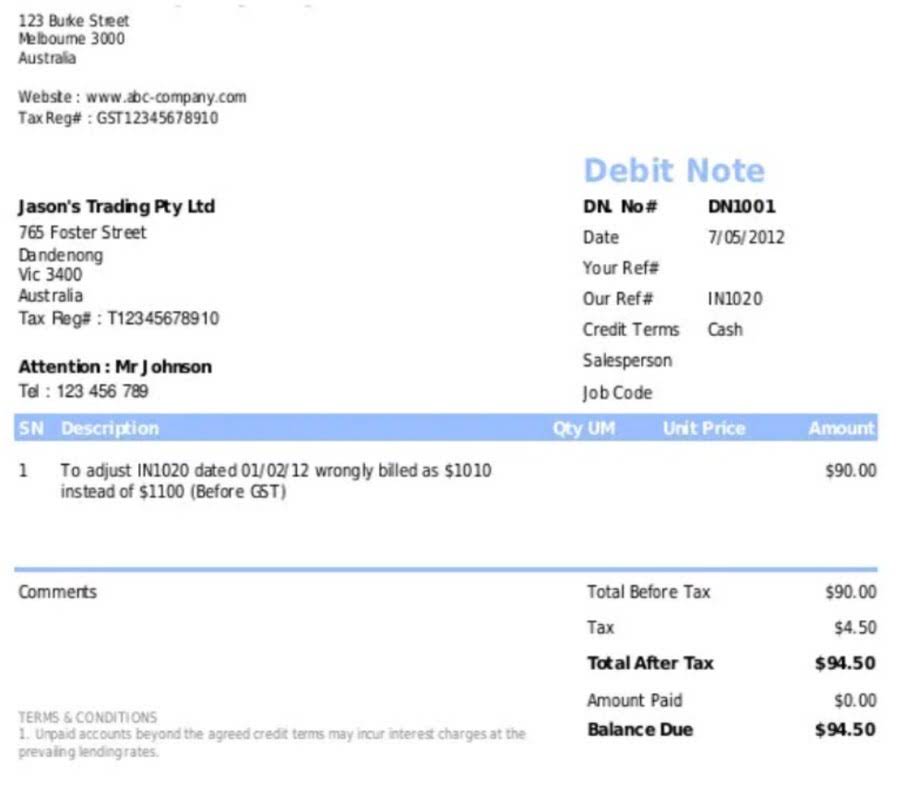What are Audit Assertions? Balance Sheet and P&L assertions explained Online Accounting 2025

Second, auditors are required to consider the risk of material misstatement through understanding the entity and its environment, including the entity’s internal control. While assertions are made in all aspects of life, in an accounting or business setting, most people think of a company’s financial statements, or the audit of the financial statements, when they think of assertions. These representations are commonly referred to as Audit Assertions, Management Assertions, and Financial Statement Assertions. Audit assertions are implied or expressed representations by management about classes of transactions and the related accounts and disclosures in the financial statements.
Existence

Regardless, auditors need to make sure they address all possible areas of misstatement. By doing so, you’ll be well-prepared to face the audit procedure with financial information that’s compliant, complete, and correct. Similar to existence, occurrence is used to verify that recorded transactions have actually occurred. Usually, they rely on the information presented in those statements for decision-making. Such an assertion claims the company has legal rights to its assets and liability responsibilities. The reason is that such assertions are safeguards against any organisation from How to Run Payroll for Restaurants claiming ownership of assets it does not own.
Rights and obligation
A service organization can greatly reduce the number of resources expended to meet user auditors’ requests by having a Type II SOC 1 audit performed. It is important to have a proper classification so that the users of the financial statements are able to disaggregate and analyze them at their convenience. Firstly, as far as the assertion about the occurrence is concerned, it can be seen that it has to be made sure that all the transactions and events have occurred and can be verified. Related party transactions, balances and events have been disclosed accurately at their appropriate amounts. Transactions recognized in the financial statements have occurred and relate to the entity.

What are Assertions in Auditing?
- Each assertion gives a different way of proving that the financial information is accurate, complete, and presented correctly.
- It is critical that the auditor obtain sufficient, competent evidence supporting the classification because the financial statement classification drives the valuation.
- Also known as management assertions or financial statement assertions, audit assertions are the claims made by management certifying the financial statements presented are complete and accurate.
- Auditors evaluate the design and implementation of controls and perform tests to determine if they are operating effectively.
- Accuracy is another audit assertion that concerns transactions and events.
Auditors test completeness by matching financial transactions with recorded supporting documents—for example, invoices, contracts, and purchase orders. They will also compare financial statements to general ledger balances to check for omissions. This assertion becomes highly critical in audit assertions for accounts payable; for instance, a company might attempt to understate liabilities to show a healthier financial position. Accounting assertions, also called management assertions or financial statement assertions, are the declarations made by the company confirming that the financial statements provided are comprehensive and correct. Companies that form such assertions are avoiding the risk of material misstatements in their financial statements.
- If sufficient appropriate audit evidence cannot be obtained, or the evidence points to a material misstatement in the FS, the auditor will have to issue a modified audit opinion.
- Any errors discovered related to this assertion may lead to audit adjustments, restatements, or even concerns about internal control weaknesses.
- These assertions are all equally important for the auditors to examine the compliance of the statements with the accounting regulations.
- This assertion indicates that transactions or products have been categorized and documented in the appropriate accounts or classifications, respectively.
- They involve procedures usually used by the auditors to test a company’s guidelines, policies, internal controls, and financial reporting processes.
- This shows that forming the assertions is not only beneficial for the auditors, but also for the management and employees of the company.
Any adjustments such as tax deduction at source have been correctly reconciled and accounted for. Salaries & wages expense has been incurred during the period in respect of the personnel employed by the entity. Salaries and unearned revenue wages expense does not include the payroll cost of any unauthorized personnel. Yes, but if all assertions are assessed at high, then a response is necessary for each. The payables/expenses assessment below incorporates an additional response due to a significant risk, the risk that fictitious vendors might exist. Stakeholders will get the clear understanding they need, and your team will have useful and accurate data they can rely on for effective financial planning and decision making.
- The auditor will often request additional information and documents as needed.
- In the audit of revenue, completeness tests whether all revenues that actually happened have been recorded in the accounts.
- Substantive procedures (or substantive tests) are those activities performed by the auditor to detect material misstatement or fraud at the assertion level.
- By testing these assertions, auditors gather audit evidence and assertions about the reliability of financial information.
- Isaac enjoys helping his clients understand and simplify their compliance activities.
What Are the 7 Financial Statement Assertions? (Explanation)

For instance, the whole inventory is valued, and nothing goes unexamined or unaccounted for. All the assets recognized on the balance sheet are owned by the organization, and all the liabilities reported on the balance sheet are obligations owed by the organization. According to this claim, inventories recorded on the balance sheet of a company are owned by the organization, but the balance of payables is a liability owed by the company.

What is a Relevant Assertion?
This type of audit procedures can provide the evidence of management assertions tangible assets’ existence. Audit assertions such as occurrence, accuracy, and cut-off are usually tested by inspecting the documents to support the accounting transactions in the company’s records (vouching). And completeness assertion is usually tested by selecting documents and trace them back to the company’s records (tracing). For example, auditors usually perform confirmation on the client’s bank balances in order to obtain evidence about its existence as well as rights and obligations assertion.
Audit Assertions: Everything You Need to Know
And when payables are shown at $58,980, the company asserts that the liability is complete. As with completeness, auditors use cut-off to determine transactions are recorded within the proper accounting period. Cut-off has special significance when reviewing payroll and inventory levels. The goal for companies making such assertions is to minimize (or, ideally, avoid) the risk of material misstatement by failing to provide financial data that is, in fact, complete and accurate. However, it concerns account balance rather than transactions and events. This assertion checks if asset, liability, or equity balances in the balance sheet actually exists.
